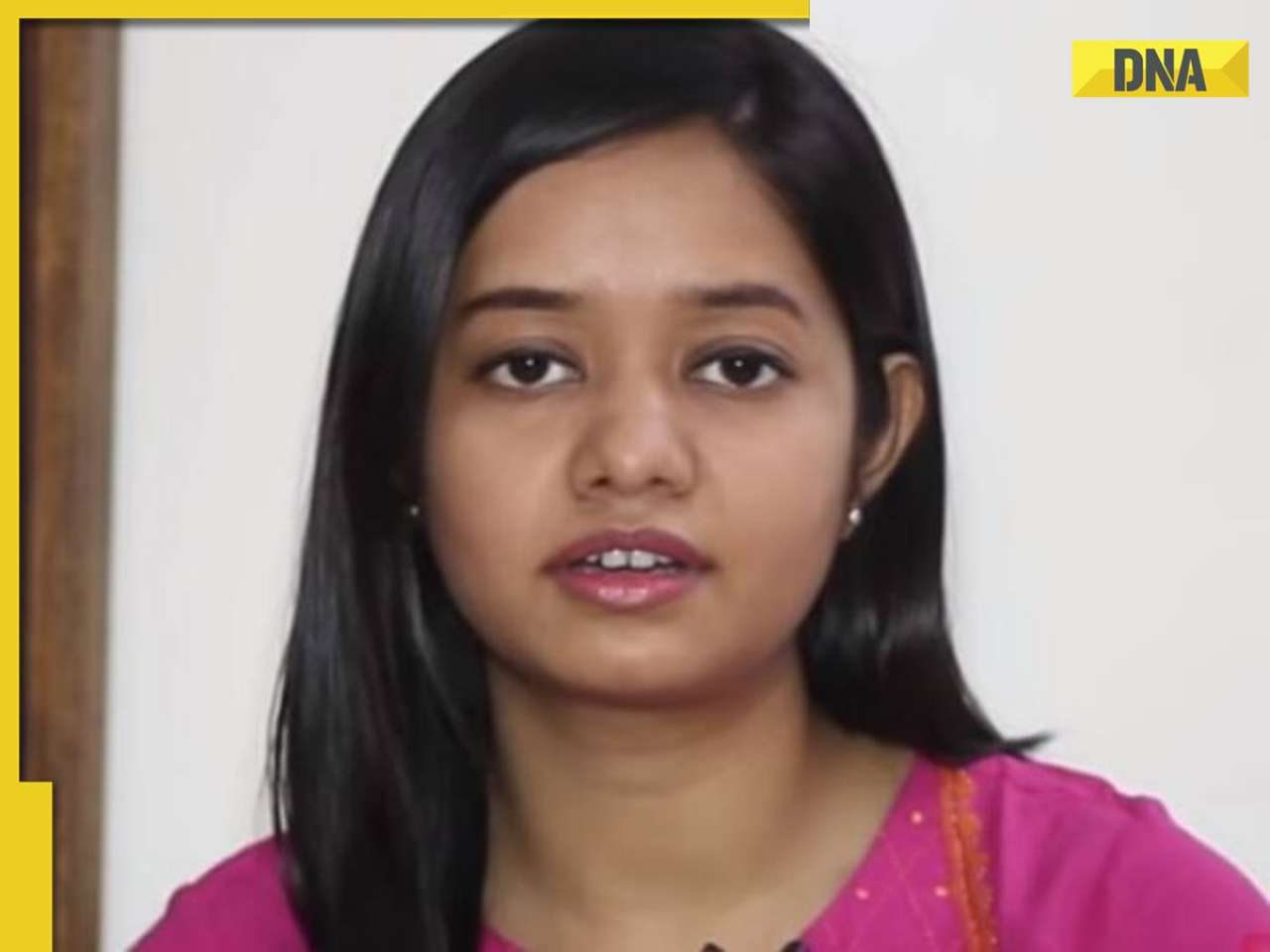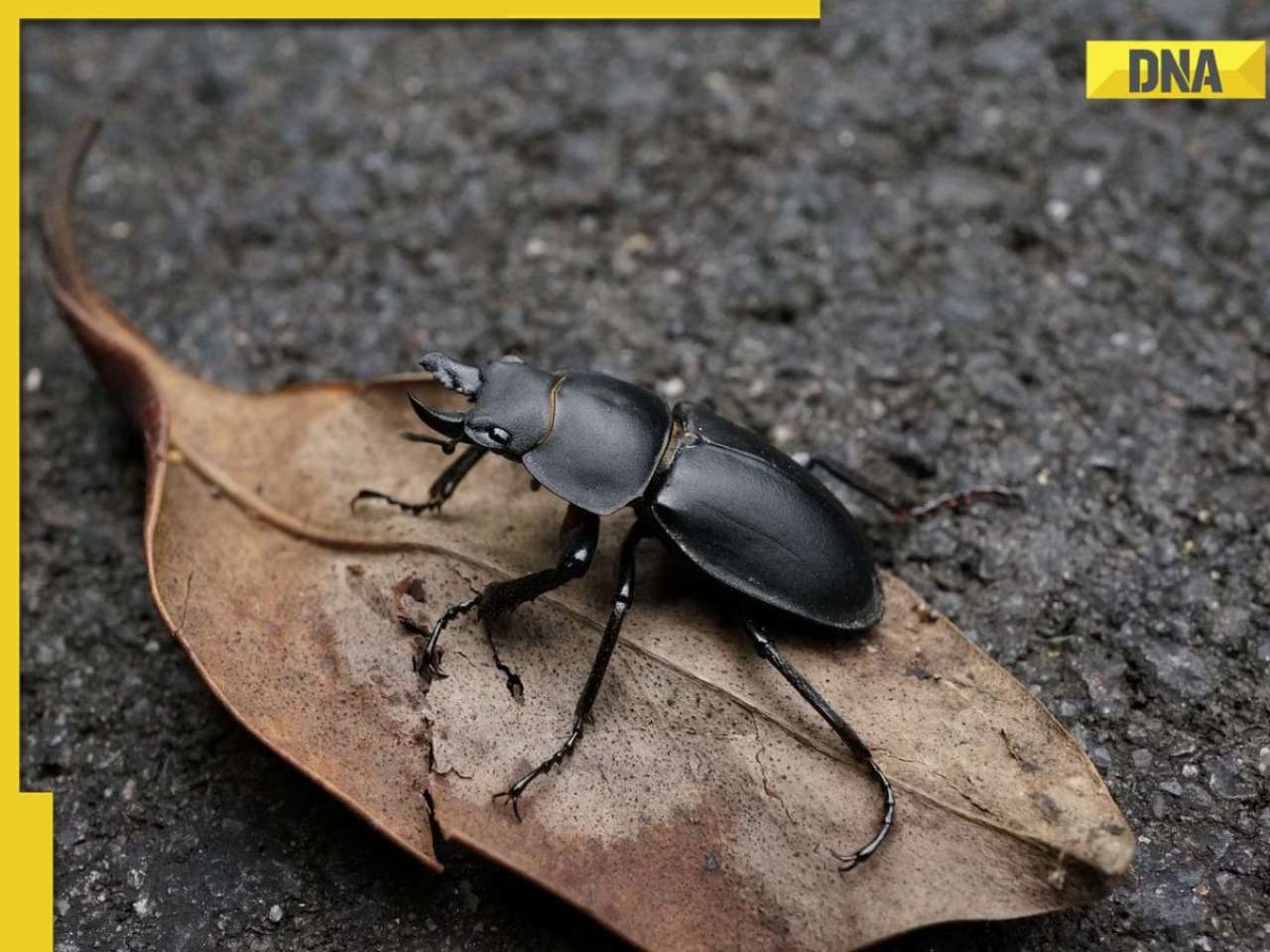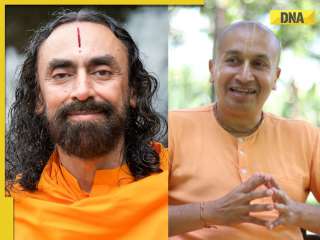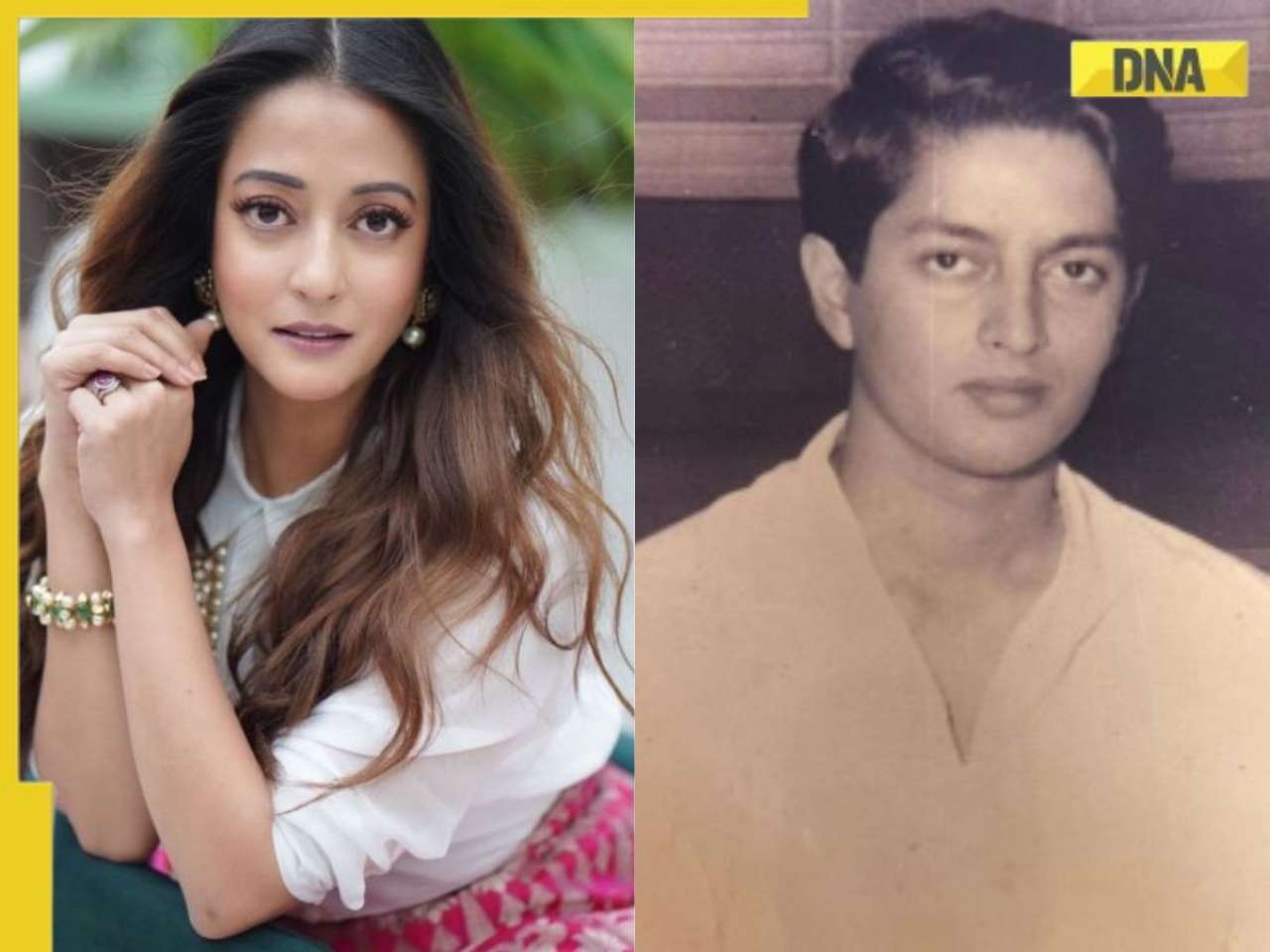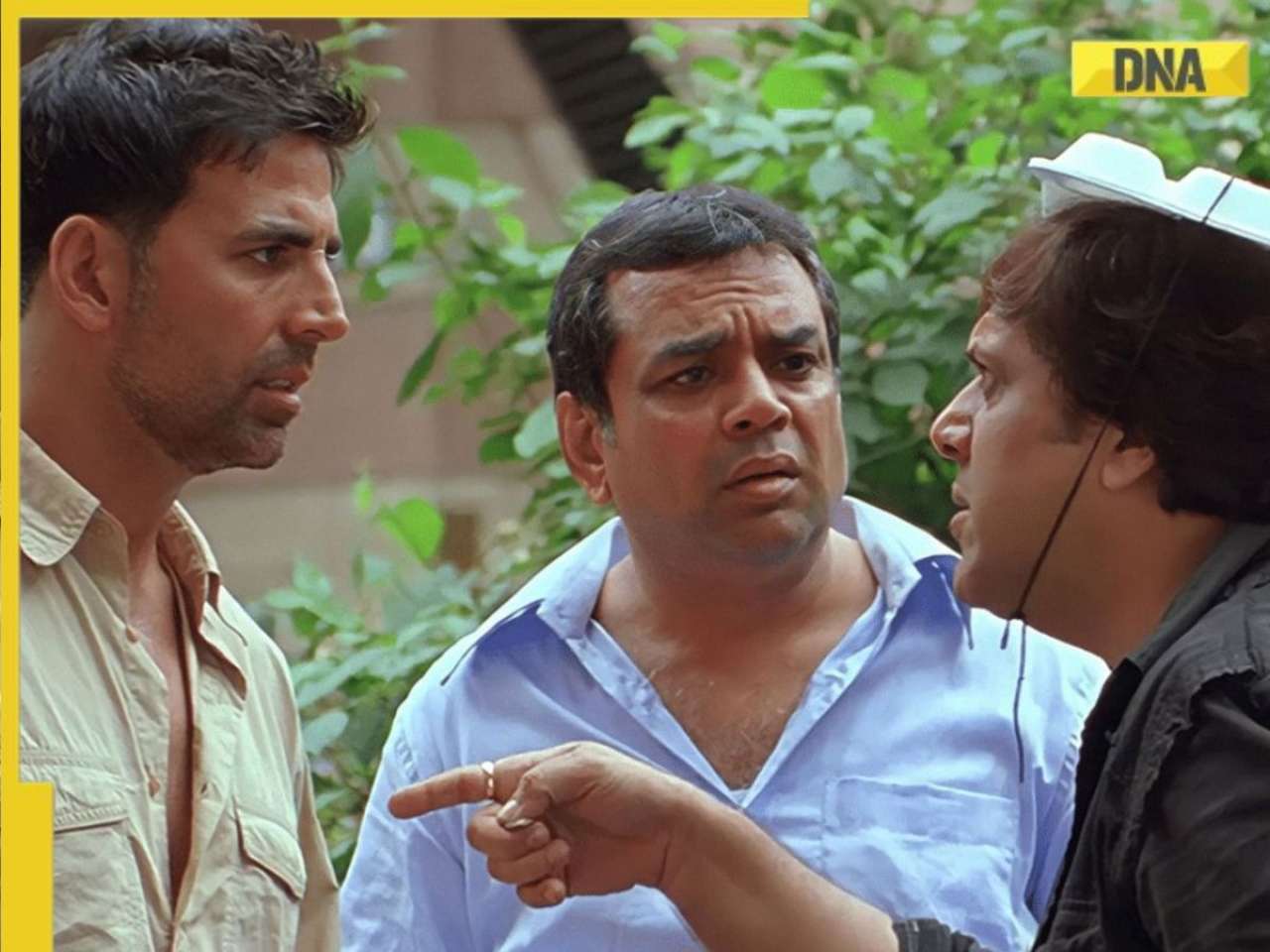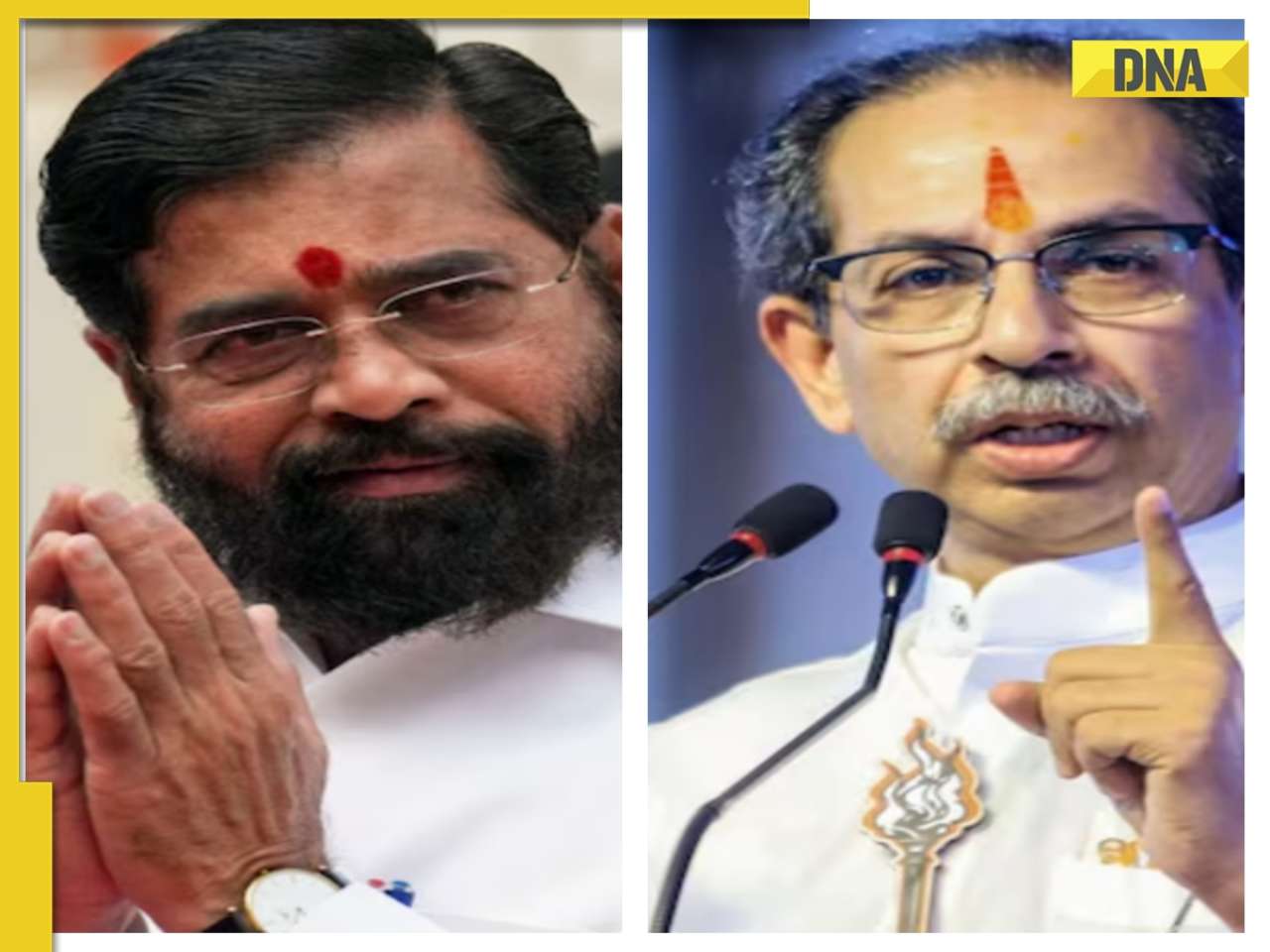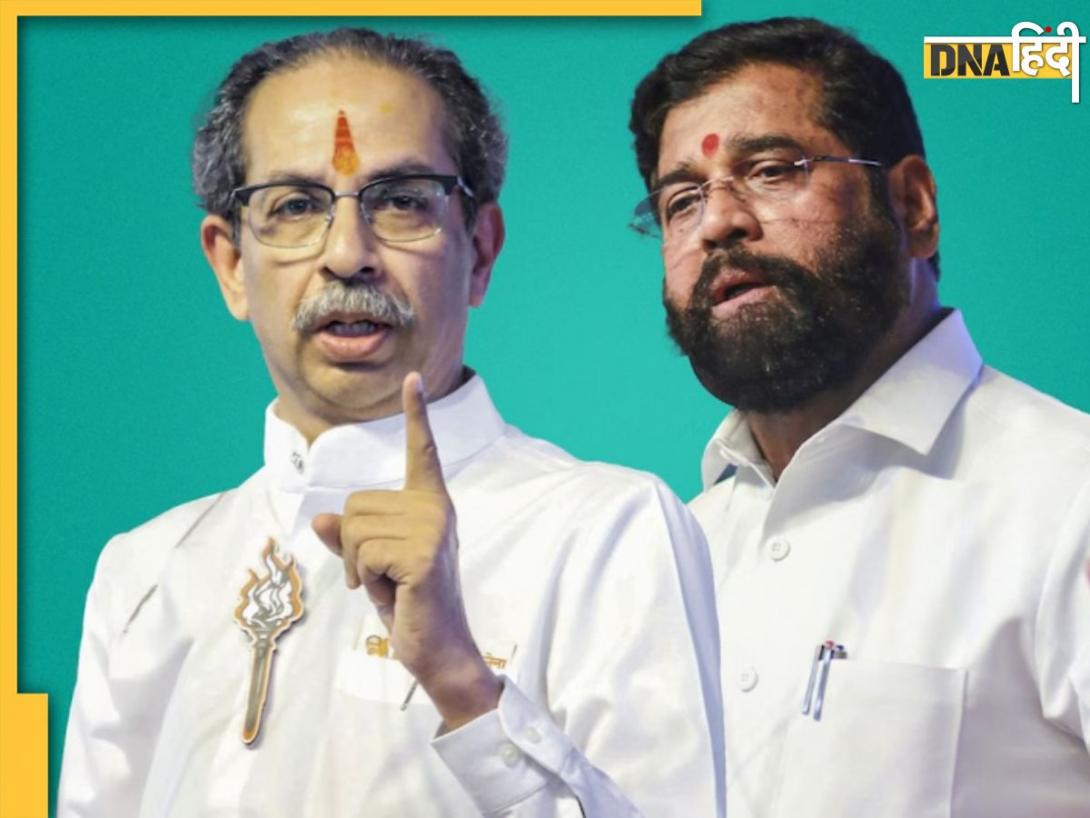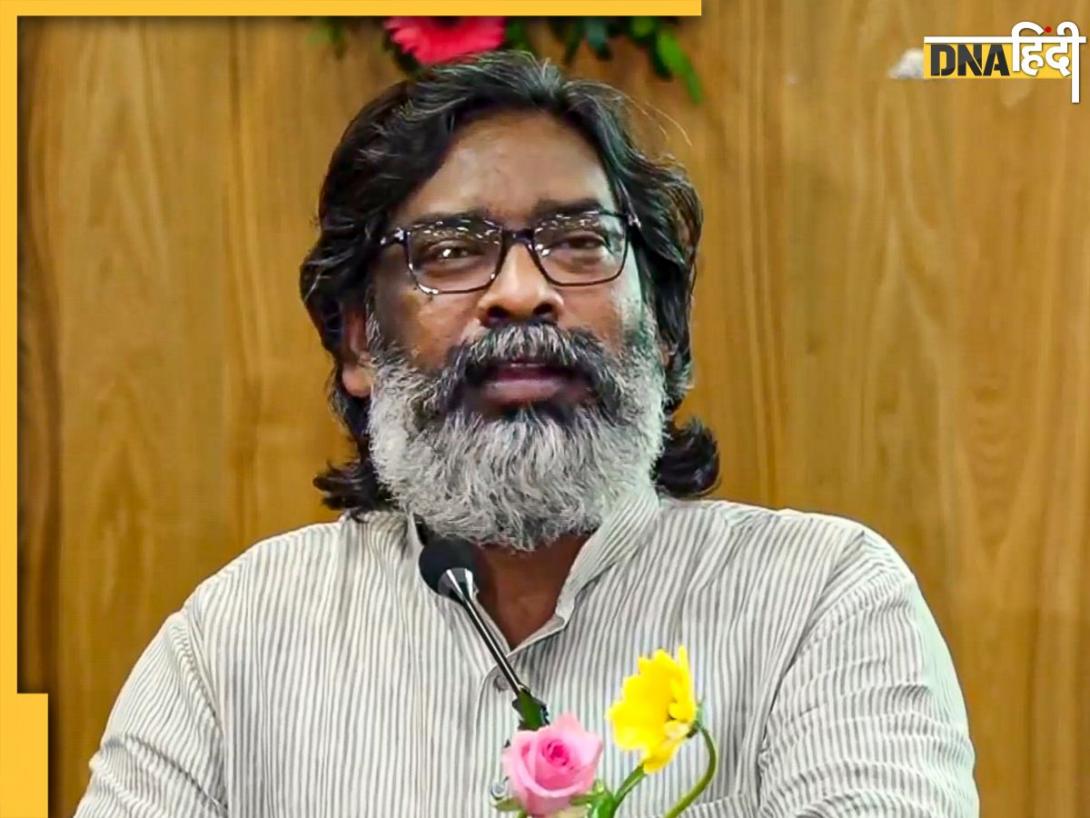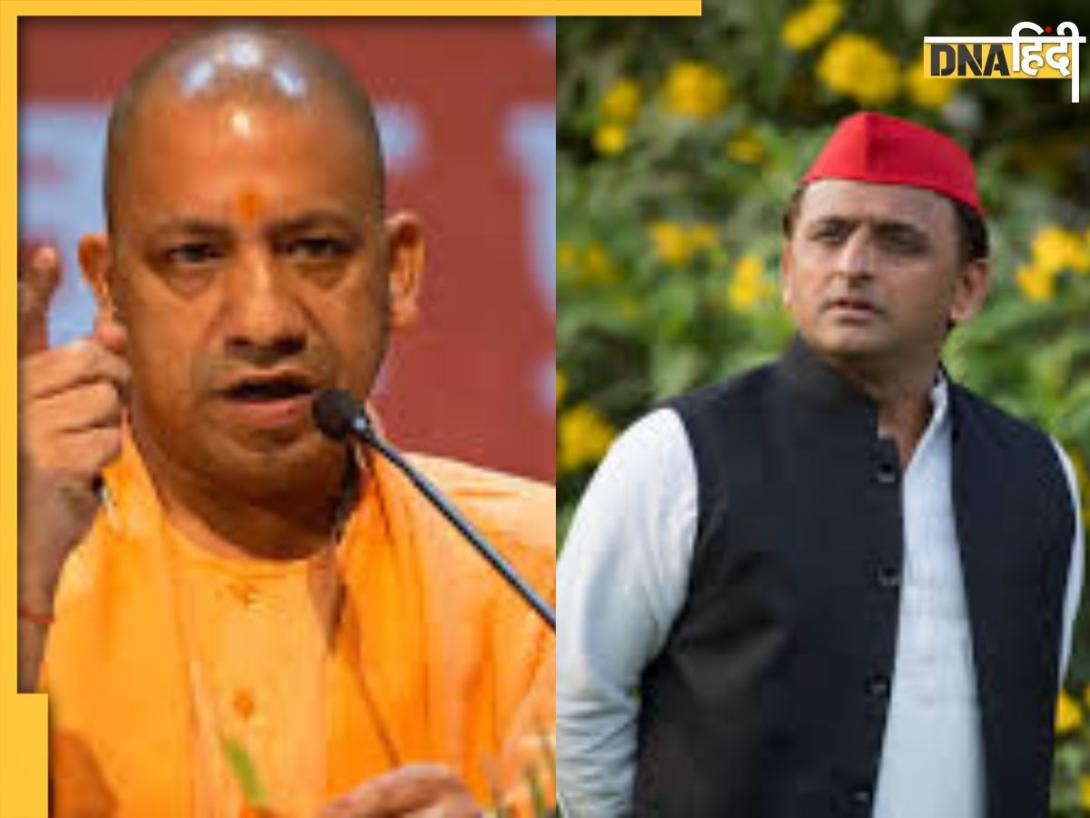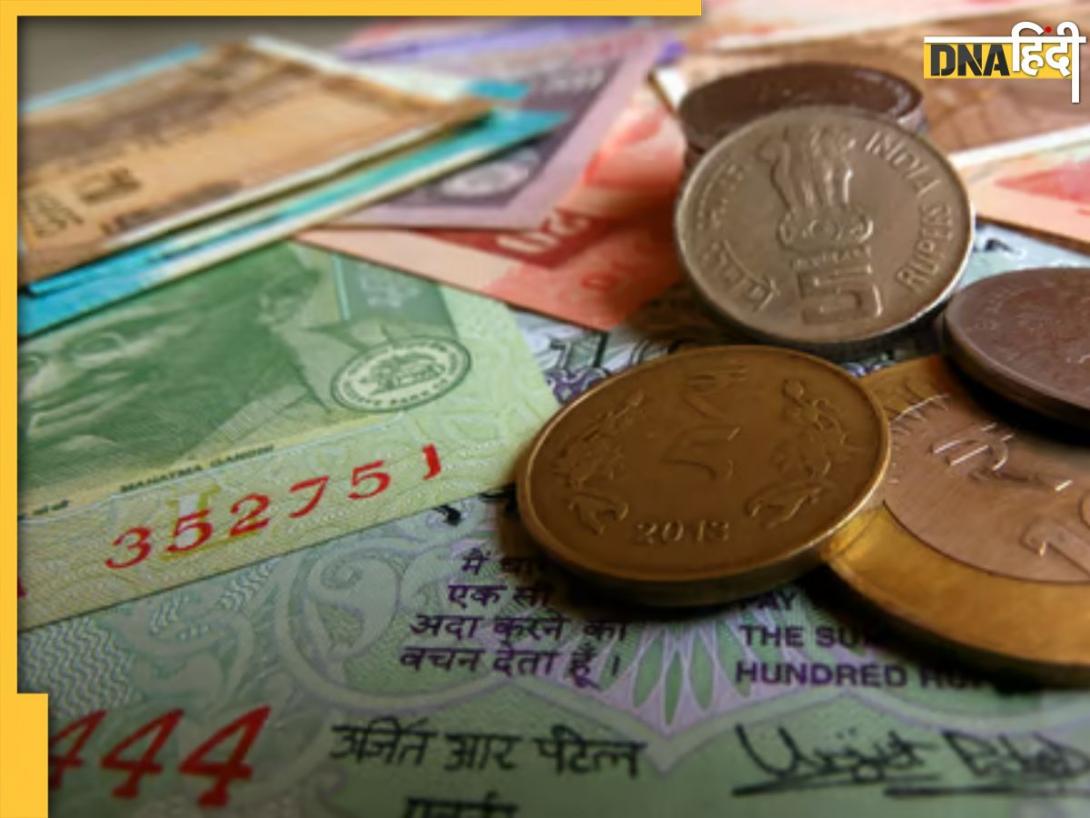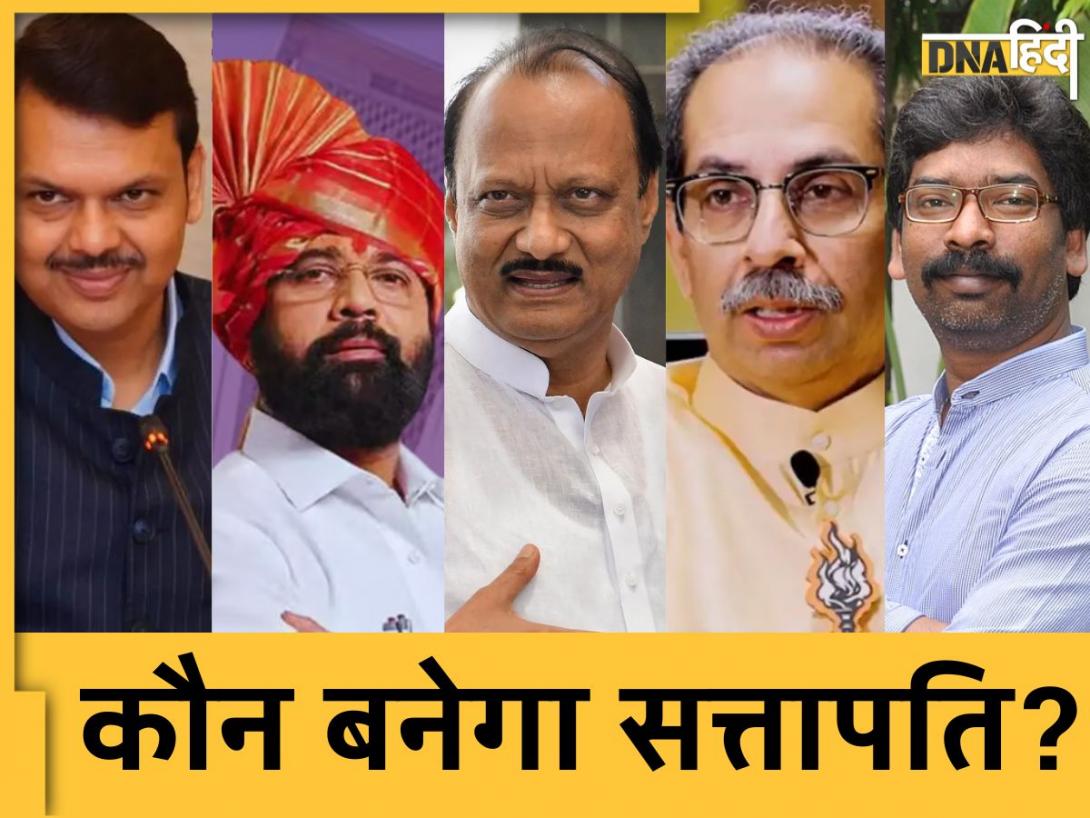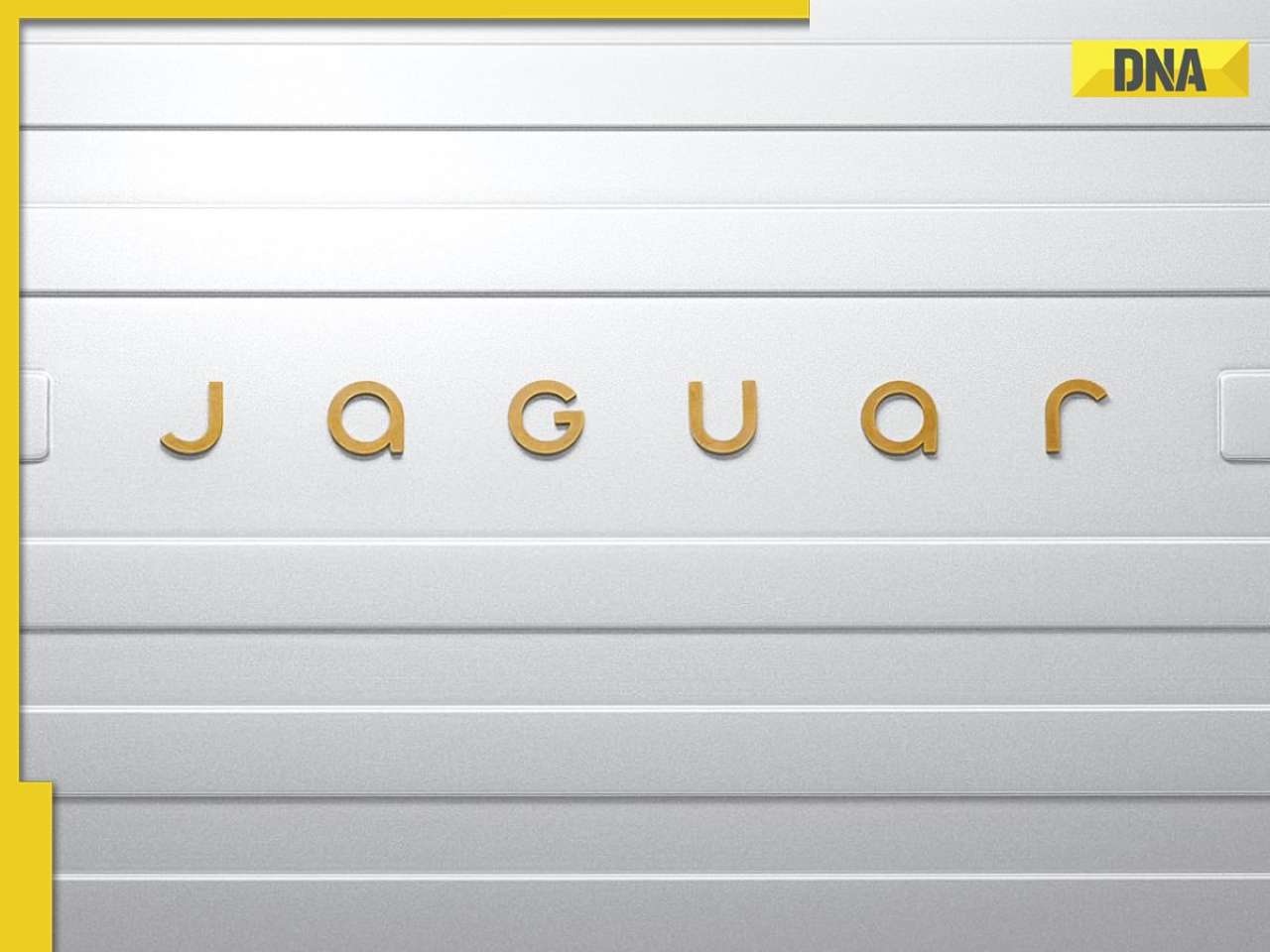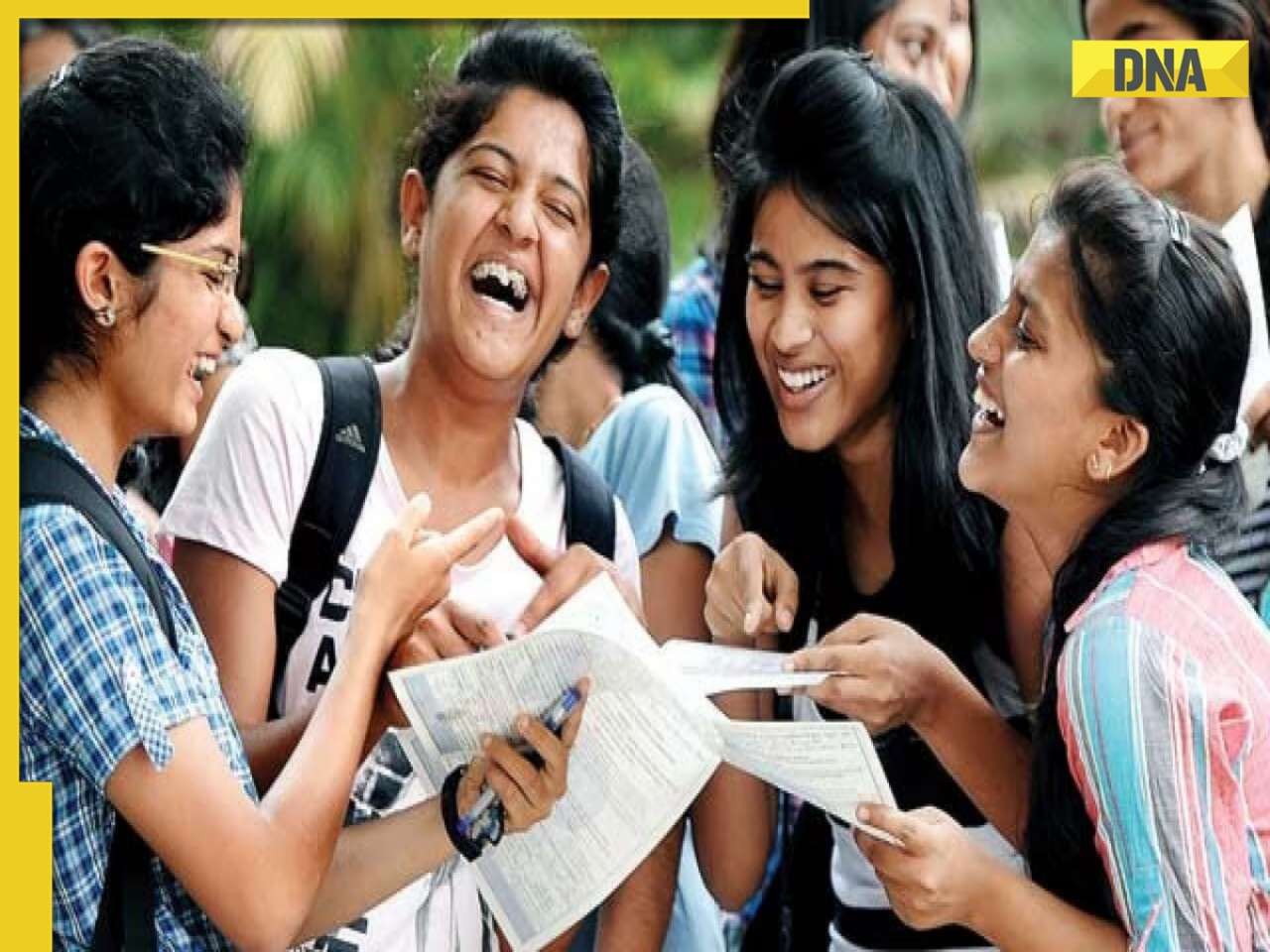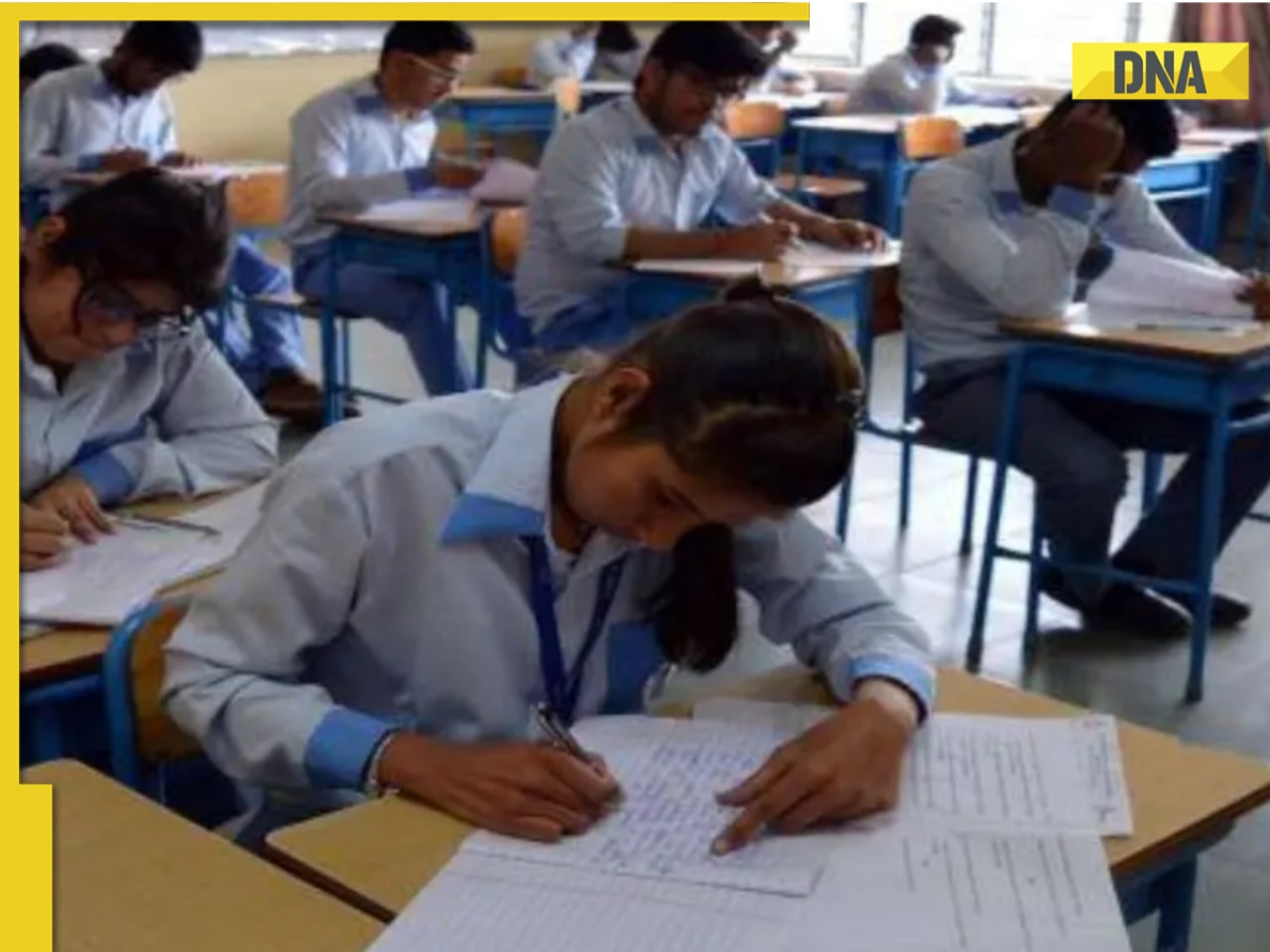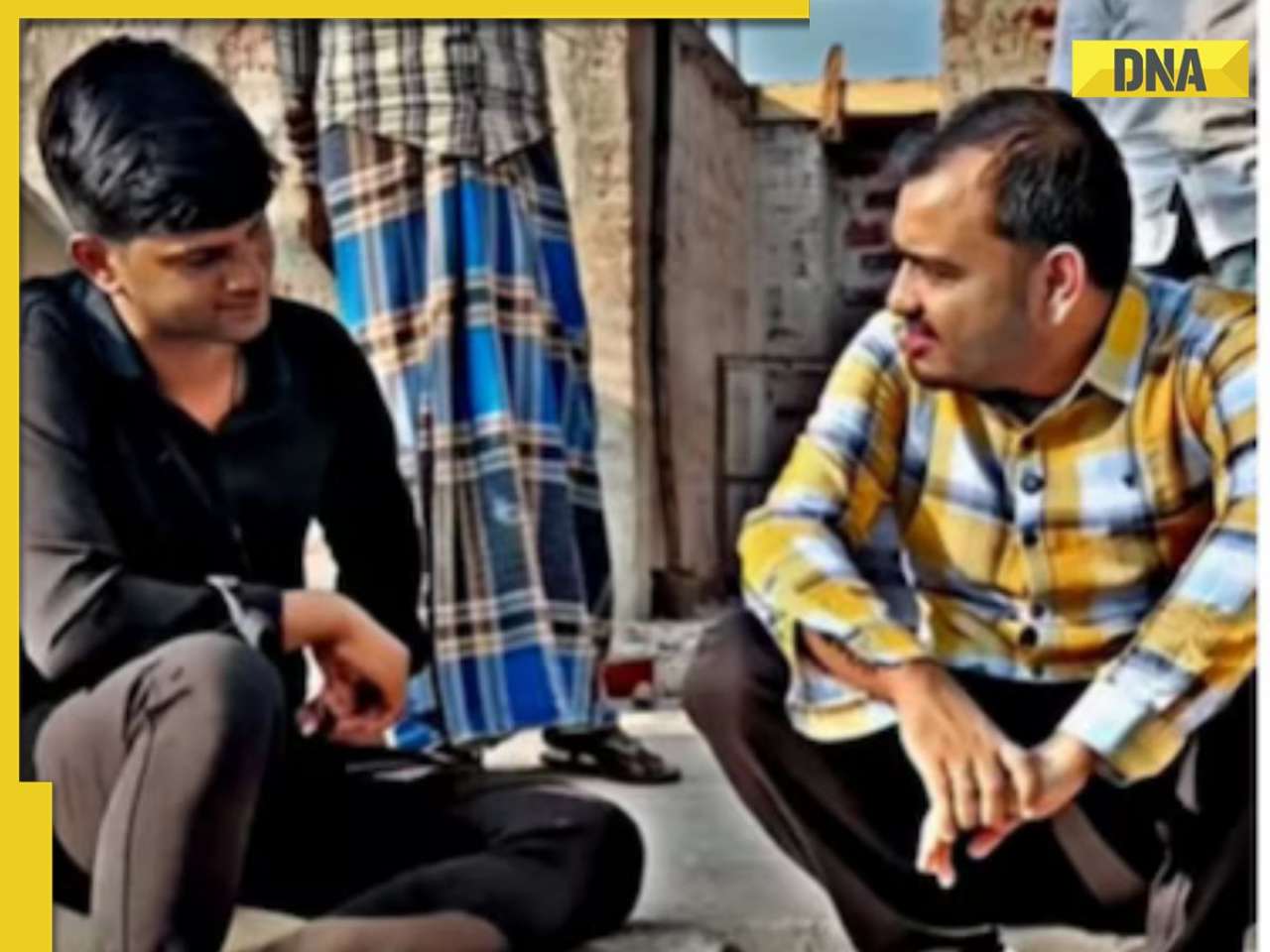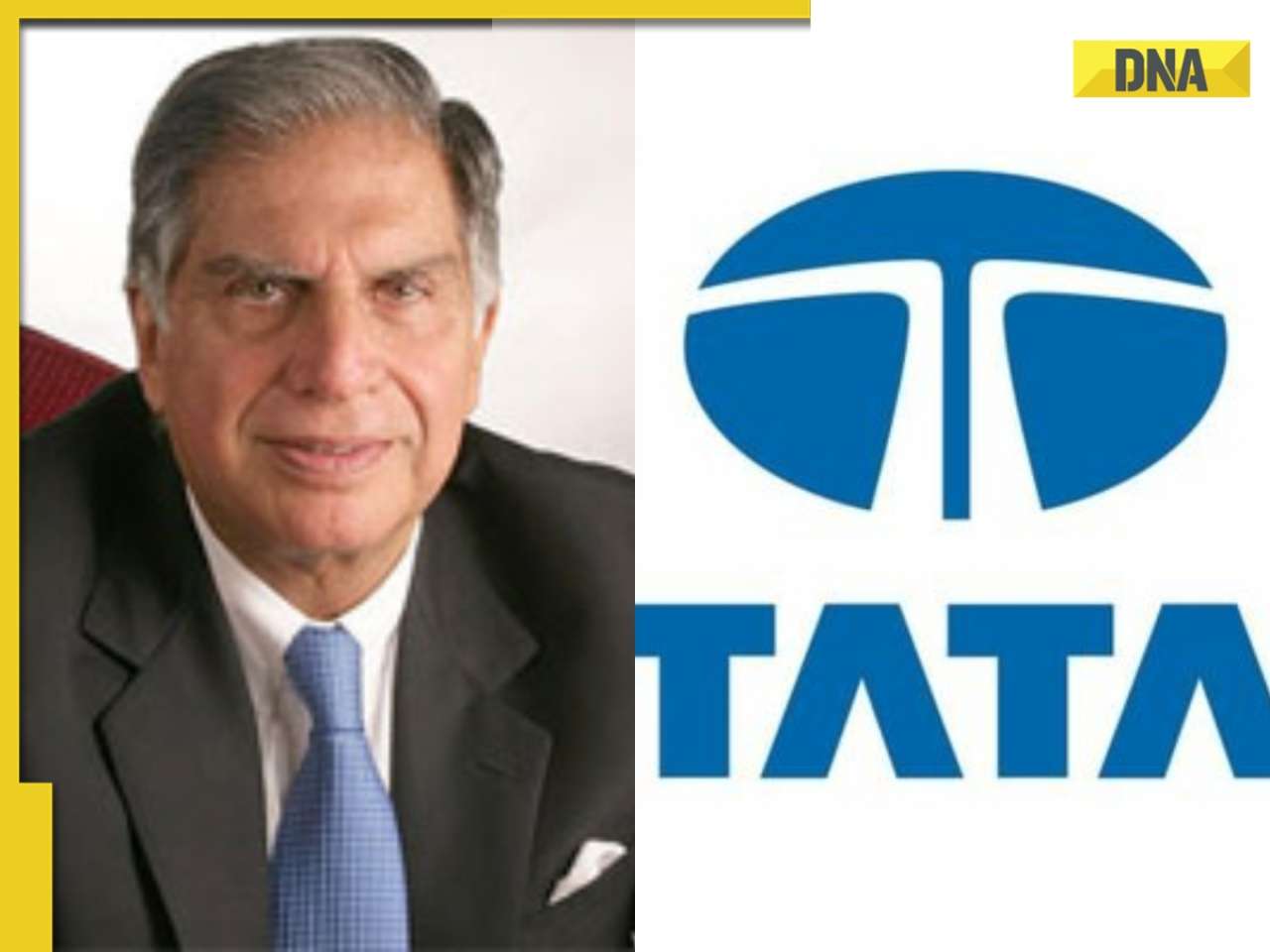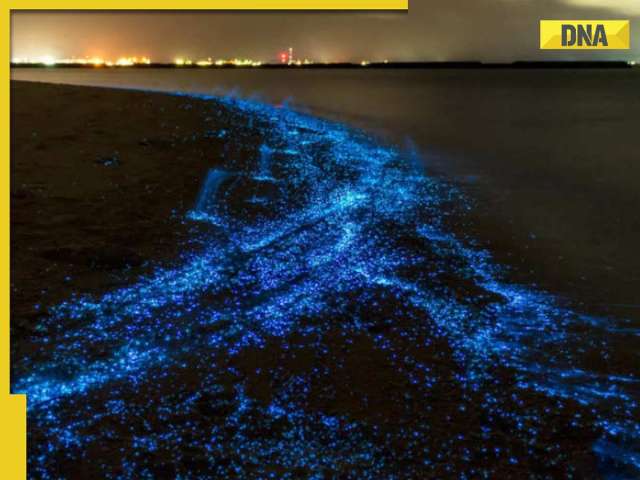- LATEST
- WEBSTORY
- TRENDING
ANALYSIS
Did the river Saraswati, mentioned in the Vedas, really exist?
TRENDING NOW
Saraswati is the goddess of knowledge in Hindu mythology. The river Saraswati also has a unique place in Vedic literature. However, in modern India, there is no such vast river called Saraswati (the rivers Sindhu/Indus and Ganga are both accounted for). So, the question remains, did a river as majestic as described in the Vedas really exist on the subcontinent, but no longer does?
Between 3500 and 1900 BC, the Harappan or Indus Valley Civilisation - the world's largest civilisation of the time - covered vast areas of modern day Pakistan and Western India from Kashmir to Gujarat. Its cities were spread across what appears to be a waterless desert in the western part of the Indian subcontinent. A careful plot of these sites suggests they lie along the path of a dried riverbed, and the river, if filled up, would rival the Indus in size. It could have arisen in the upper reaches of the Shivalik Hills in the foothills of the Himalayas, and then flowed west.
Today too there is a river that follows the path. It is called the Gaggar in India and as it moves into Pakistan, it becomes the Hakra. But it is a seasonal monsoon water channel that dries up in the summer. It is fed by the Sarsuti and Chautang rivers. Chautang in particular passes close to the river Yamuna, but the two diverge as they reach the plains, the Chautang going west while the Yamuna goes east to eventually meet the Ganga.
Rivers are not stable and change course over time. Small earthquakes and minor changes in embankments or silt deposition can also change a river's course. So it is possible to make a case that the Yamuna once flowed along with the Chautang and fed into the Gaggar-Hakra, making it the perineal river of great magnitude whose dry bed we see today.
Michael Danino's excellent book The Lost River: On the trail of the Saraswati, published by Penguin India, summarises all the evidence present in favour of the suggestion that the riverbed in Western India is indeed the Saraswati.
However, what is possible is not necessarily true. For one, the Harappans were very efficient with water management and invented circular brick-lined wells. They could have lived quite comfortably with monsoon water channels as they did in Dholavira, for example.
So, it needs to first be proved that the vast waterbed of the Gaggar-Hakra is not due to the drift of a small river, but that a truly mighty river existed there. Its original source - the Yamuna or some other river - needs to be established. Then, it needs to be proven that it was active during the Harappan period and dried up later. This is the part of scientific work that is now being pushed.
The evidence obtained so far is certainly not unambiguous. There are several problems. For instance, some truly systematic studies by Indian and foreign researchers by drilling into the riverbed suggest the Gaggar-Hakra were probably never connected to the great glaciers of the Shivaliks, and that it was always a seasonal monsoon water channel. The large riverbed that arose came from the drift of this channel rather than from a mighty flow of water. So scientific evidence is not consistent with the Gaggar-Hakra having been a large river. This evidence needs to be revisited with more extensive studies across a larger part of the riverbed. The dating of the bed, though broadly consistent with the period of the demise of the Harappan culture, needs to be pinpointed further.
While suggesting that the Gaggar-Hakra, on whose banks lie the Harappan sites, was a mighty river at that time is not easy, extrapolating that it is the Saraswati of Vedic fame is even more difficult.
This question has unfortunately become entangled with questions of national identity and pride. Hardline Hindus wish to use the Saraswati's references in the Vedas to claim, by association, that the first civilisation of the Subcontinent, the Harappan civilisation, was a Hindu civilisation.
Proving this is not easy. Even if we overlook the uncertain scientific data, one has to establish that the Vedic people were referring to the same river. There are several problems in trying to establish this. After all, at several locations where the ancient peoples moved, the name Saraswati is used quite commonly for rivers. This evidence can be interpreted either way depending on one's perspective - to claim that it was a commonly used name or that people migrating away from the great Saraswati kept the memory of the river alive by naming their small rivers Saraswati too. But we have no unambiguous evidence of Vedic people having visited that area, nor of Harappan people following the Vedic religion. There are really no clear places of worship in the Harappan cities and there is no discussion of cities in the Vedas. There is hardly any evidence of the horse amongst the Harappans even though it is central to Vedas. Tenuous claims to the contrary have been made but these too are few and far apart.
To make the matter even more intractable, the evidence of Harappan civilisation is entirely archaeological, while evidence of Vedic culture is entirely literary, and synthesising the two is not easy since there are some glaring differences in what is mentioned in Vedas and what it seen on the ground. Also, if this mighty Saraswati did disappear in front of the observant Vedic people, they would have noted this. As far as I know, there is no reference to the Saraswati drying up in Vedic or post-Vedic literature.
So, much as some researchers would like to claim that the great riverbed of the Gaggar-Hakra was created by the Yamuna-fed Saraswati (and is not its drifting monsoon riverbed) and that the Harappans were the Vedic people, there are too many uncertainties in this narrative.
Unfortunately, there are several influential people who want to prove that the Gaggar-Hakra is the Saraswati of Vedic fame. This kind of approach to any investigation is a bad starting point for research. I would like to repeat the words of Wonko the Sane in Douglas Adams' So Long, and Thanks for All the Fish, the fourth book of the Hitchhiker's Guide to the Galaxy book series: "...a scientist must also be absolutely like a child. If he sees a thing, he must say that he sees it, whether it was what he thought it was going see or not. See first, think later, then test. But always see first. Otherwise you will only see what you were expecting. Most scientists forget that…"
Dr Mayank Vahia is a scientist working at the Tata Institute of Fundamental Research since 1979. His main fields of interest are high-energy astrophysics, mainly Cosmic Rays, X-rays and Gamma Rays. He is currently looking at the area of archaeo-astronomy and learning about the way our ancestors saw the stars, and thereby developed intellectually. He has, in particular, been working on the Indus Valley Civilisation and taking a deeper look at their script. He is also the author of the book 'Physical Sciences and The Future of India'.

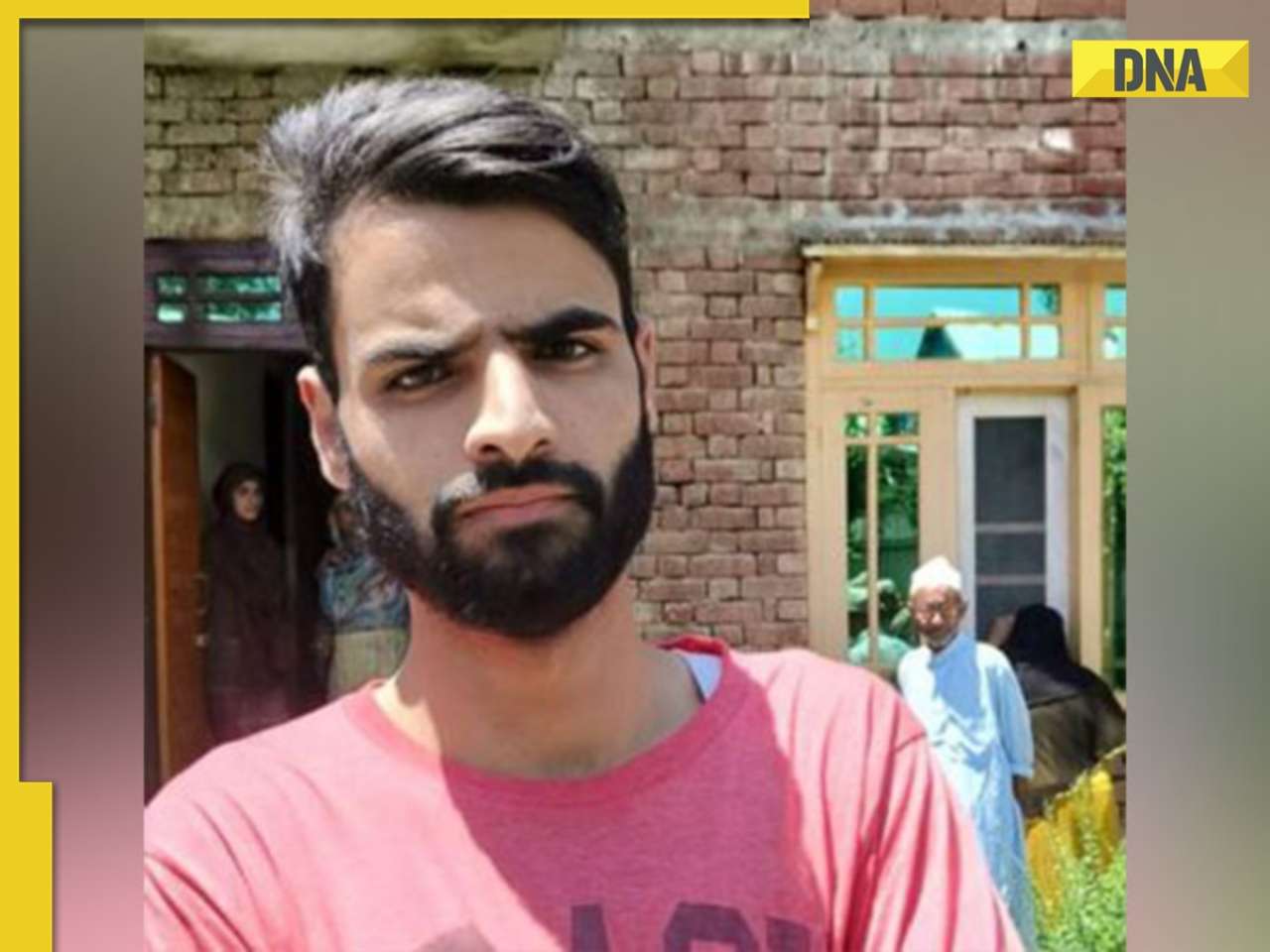





)
)
)
)
)
)
)
)
)
)
)
)
)
)
)
)






